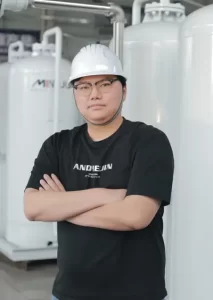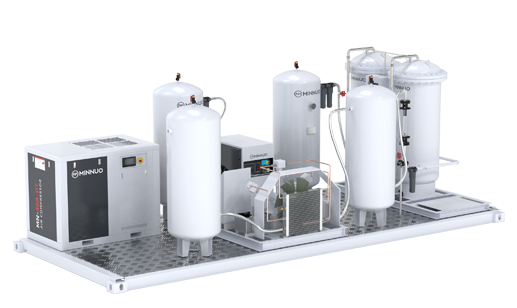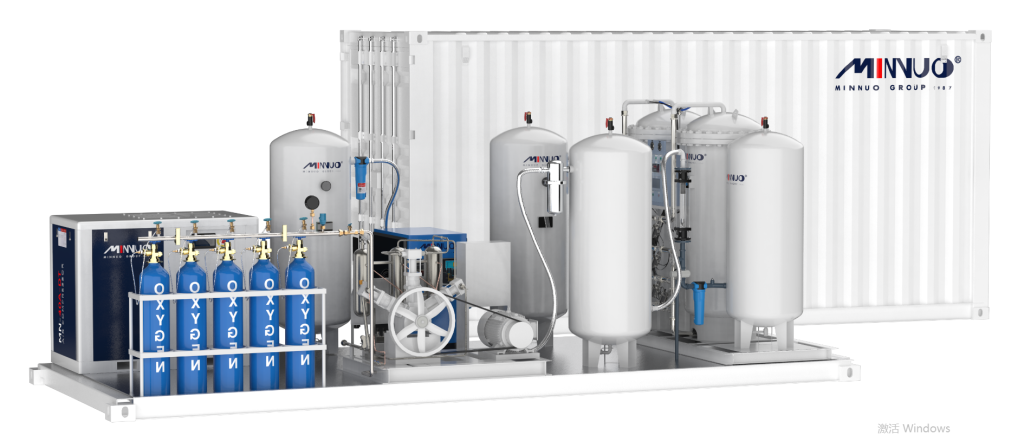In the 1950s, wave soldering revolutionized the mass production of printed circuit boards (PCBs). This process involves spraying the underside of the PCB with flux, heating it, and passing it over a wave of solder to bond the components. While wave soldering is commonly used for through-hole assembly, it is also employed in surface-mount technology (SMT).
However, wave soldering has its challenges, including defect formation, high flux consumption, excessive solder and electricity usage, and the need for reworking and extra cleaning. To address these issues, an inert environment, often with nitrogen, is used during wave soldering. Two approaches are commonly employed: partial gas treatment or tunnel system.
In partial gas treatment, nitrogen blankets only the solder wave. On the other hand, the tunnel system ensures that all stages of the process take place in a nitrogen environment. The stages of wave soldering include fluxing, heating, soldering, cooling, and cleaning. Both partial gas treatment and tunnel system effectively reduce dross build-up, but the tunnel system operating in a nitrogen environment throughout is more efficient, leading to less dross, reduced solder consumption, and cost savings.
Nitrogen’s effects on soldering go beyond dross reduction. As an inert gas, nitrogen displaces oxygen, reducing oxidation and allowing for better spreading behavior at lower temperatures. It also minimizes defect formation by preventing the introduction of imperfections in the process, material, or surface. Nitrogen improves flow properties, wettability, and reduces the quantity and intensity of flux required, resulting in cost savings. Additionally, it enables the production of high-quality solder joints with less heat and flux.
The preference for nitrogen in soldering is driven by the improved process window and reduced defect formation. Cost benefits also play a significant role as the savings offset nitrogen expenses. On-site nitrogen generation offers a compelling case for cost and resource savings in soldering. It provides control over air purity, lowers operating costs compared to third-party supply, ensures a constant nitrogen supply, and enables uninterrupted production. Furthermore, on-site nitrogen generators like Minnuo’s are easy to integrate into existing systems, ensuring safer handling and a lower carbon footprint.
Minnuo specializes in designing and manufacturing standard and engineered on-site gas generator products. Discover Minnuo’s full range of nitrogen generators or reach out to us directly for more information.






 sales2:+86 17506119168
sales2:+86 17506119168

